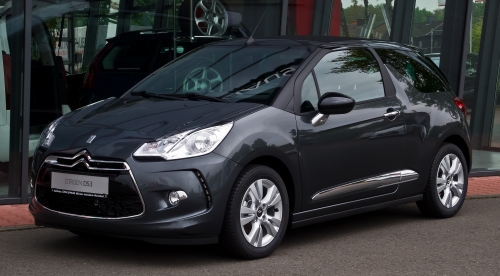
Guaranteed Asset Protection (GAP) is an insurance policy that almost monopolises the car insurance industry, yet only the informed few really know what it is.
If you get a good deal on GAP insurance, it can be a saving grace.
Where GAP Insurance Fits
Let’s debunk a few myths. When you take out a fully comprehensive insurance policy, a lot of insurers will tell you that the payout will cover the cost of your car. That’s half true.
What car insurance actually covers is the market value of your car. The market value is somewhere between the trade price and the retail price, as such.
Trade Price < Market Value < Retail Price
So why is it a problem? Because cars depreciate in value, some more rapidly than others.
What Is “The GAP”?
According to the AA, the average new car loses around 40% of its value in the first year of ownership, and 60% by the end of its third. That means that after the first three years of owning a new car, its market value has plummeted to less than half of its retail price.
If you write off your car at this point, there’s a huge gap between the amount your insurer will pay out and the amount it would cost you to buy a car of the previous vehicle’s original value.
Hence “the gap.” It’s this financial chasm that GAP insurance covers.
How It Works
Say you take out a policy on a car that was worth a round £10,000 when you bought it, for the sake of simplifying the maths. You take out a GAP insurance policy that covers you for three years.
By the third year, your car is only worth £4,000, and suddenly you write it off. You’re insurers only pay out the £4,000 your car is now worth, meaning you’re £6,000 down. Luckily, you make a valid claim and your GAP insurance covers the difference; in this case, £6,000.
Easy.
Why You Might Need It
According to The Telegraph, 70% of new cars purchased in the UK are bought on finance. That means that a lot of people are at risk of something called “negative equity.”
Negative Equity: when someone owes more than their car is worth.
As you can probably tell, negative equity isn’t a good thing. Having GAP insurance ensures that if you write off a car that you’ve purchased on finance, you’ll get a payout that covers the rest of the instalments.
Another reason is having a car that depreciates in value more quickly than others. In these cases, the ‘gap’ will be larger because of the high retail price to market value ratio.
Types of GAP Insurance
There are three main types of GAP insurance:
• Return to Invoice (RTI) - covers the gap between the market value of your car and its original invoice cost.
• Vehicle Replacement Insurance (VHI) - covers the cost of a new replacement car. VHI is only available for new cars.
• Finance Gap - covers you for whatever you have left on a finance deal, eliminating the risk of negative equity.
GAP insurance can really make the difference in keeping you afloat, especially in the current economic climate. Make sure you get a good deal on yours by holding out for the best price.
Comments
Go to blog index
